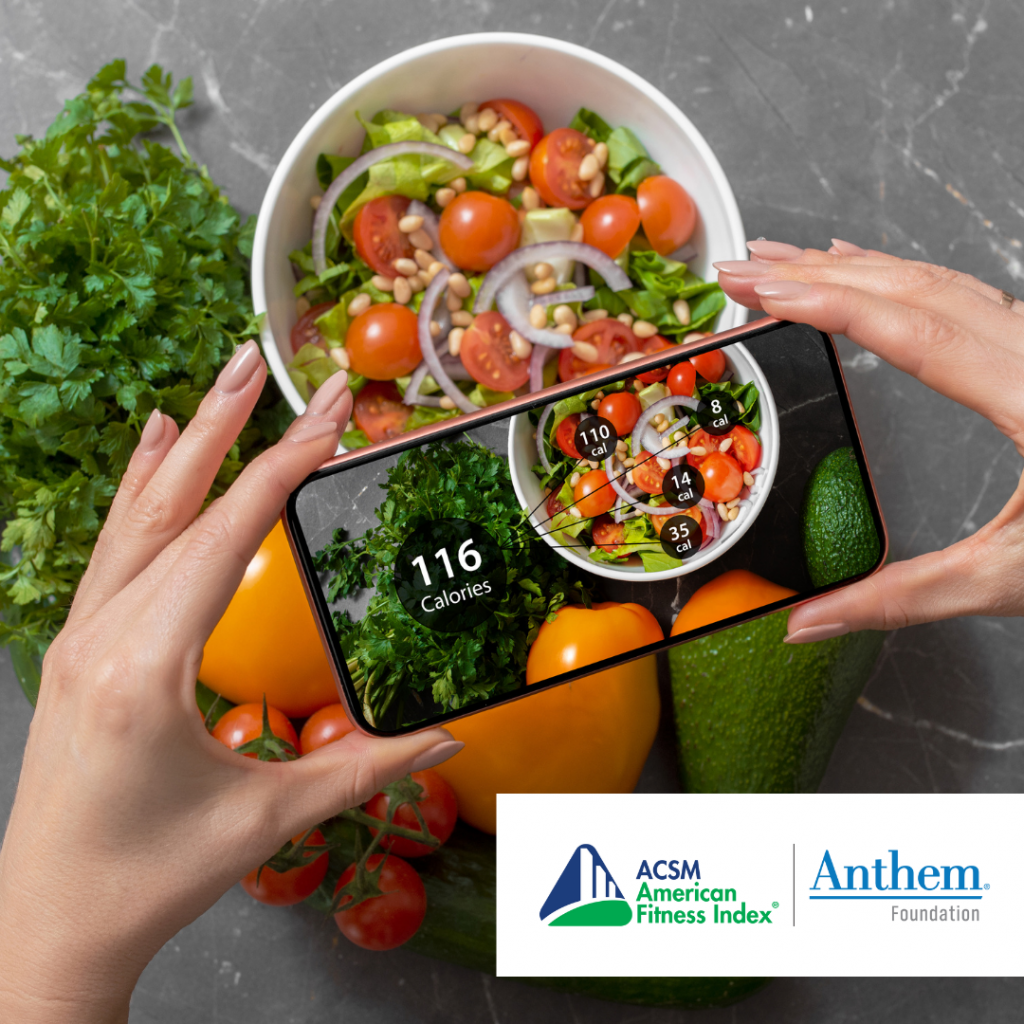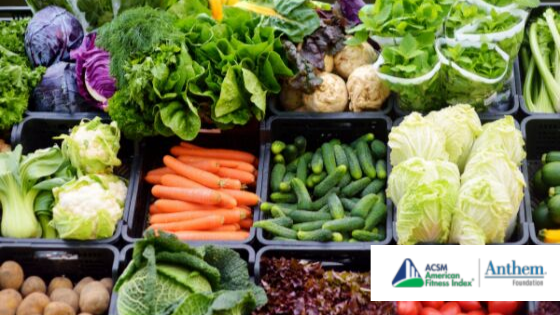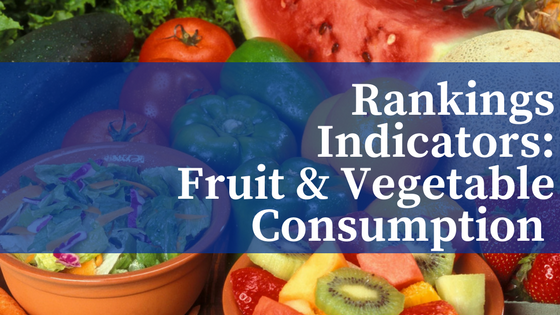We’ve all seen the increase in the number of available apps to monitor lifestyle behaviors such as physical activity, sleep and stress. There is also clear interest in apps that monitor diet and nutrition. So, how do you know if a nutrition app will be helpful? In the last few years, millions of users have downloaded and installed nutrition-related apps. The latest research supports that “if the shoe fits” then maybe it is worth using! Mobile apps can provide an opportunity for assessing and improving nutrition by providing personalized information and instant feedback.
What are the benefits?
Apps can be an effective tool to evaluate and monitor eating behavior and diet-related health risk factors. Apps can provide autonomy and help people take charge of their nutrition choices. Monitoring food intake, setting goals, and viewing progress can all occur privately which may be appealing for those who desire less in-person contact with health care providers.
What type of apps are available?
The number and type of nutrition apps are only growing and with many being free, apps have the potential to reach large numbers of people world-wide. Here are some of the most common types of nutrition apps available.
- Calorie Trackers/Food Tracking/Food Diary Programs
- Macronutrient (carb, protein and fat) and Micronutrient (vitamins/minerals) tracking
- Recipe Builders or Meal Planning
- Restaurant and Grocery Finders
- Diet Specialty – Example: carb counting for people with Type 2 diabetes
- Food Allergy or Food Intolerances
- Hydration
- Grocery and Money Saving
- Prompts or Timing
- Nutrition Counseling and Education
- Mindfulness/Intuitive Eating
- Diet Specific – Example: Weight loss or Low sodium
- Condition specific – Example: Pregnancy nutrition
Apps can offer a wide range of personalization and unique features that may help in managing conditions or reaching personal goals.
What are the cons?
It takes effort to enter in every bite of food. It can be hard to remember to enter your food intake and to remember what exactly you ate. In addition, some apps don’t contain all products in their database. Rather, they may include broad categories of foods. For instance, some apps are unable to distinguish between Kraft’s macaroni and cheese and Annie’s brand macaroni and cheese.
Nutrition apps are also generally harder to use than physical activity monitors. Unlike the automatic activity tracking (passive data input) that comes with a Fitbit, Apple watch or a pedometer, entering food into an app requires time and energy.
Another consideration is the cost. Some diet-tracking apps may not be transparent about extra fees and may not provide satisfactory customer support. Many are subscription based and require full price to unlock useful features.
A major downside to using apps is that you miss out on professional insight/advice that comes from interacting with a well-trained health care provider. Depending on the app and your specific goals, communication with a professional may not be included. Further, some apps fail to provide long-term and in-depth support, which are key for sustaining behavior change.
Finally, not all apps are evidence or science based. If an app promises to help you lose 20 pounds in one week, chances are the quality is poor. Apps tailored to specific needs are more promising for prolonged use and effectiveness. Lifestyle changes take time and while the short-term use of apps can be effective, the long term use is largely unstudied.
The bottom line
Apps can be a great tool to improve health through better eating and planning. Smartphones offer inexpensive options allowing for more engagement, empowerment, self-monitoring and communication with health care providers. Research has shown that apps can be superior to traditional methods at helping track food intake, making better food choices and losing weight.
So if you come across a helpful app, walk it around and it give it a try! Nutrition apps can help make life easier. A great place to start is with the MyPlate App that allows you to pick daily food goals, see real-time progress and earn fun badges through a simple program to start building healthy eating habits one goal at a time!
Additional information on eating healthy, meal planning, tools and resources can be found at www.myplate.gov.
Author: Laura Young, Ph.D., American College of Sports Medicine






